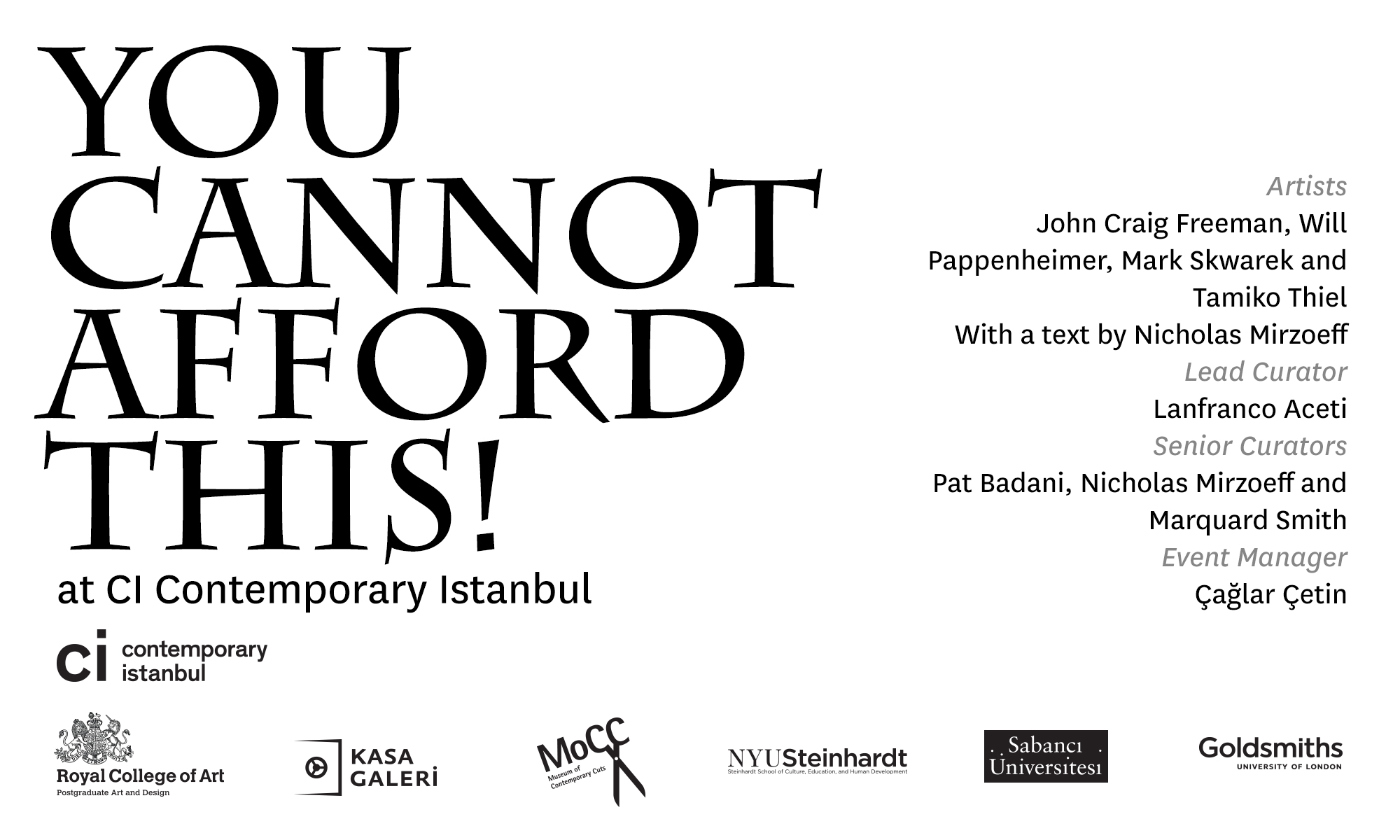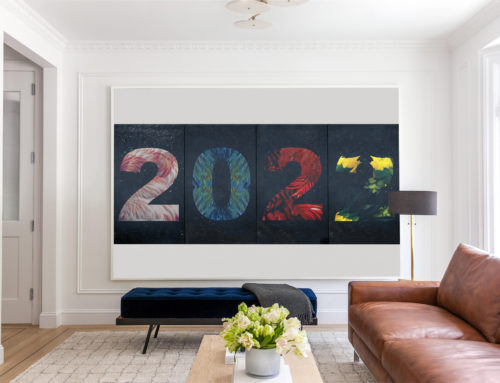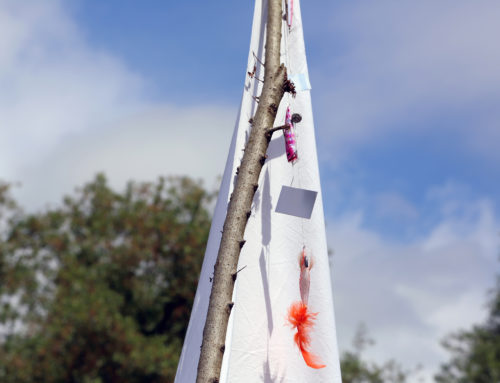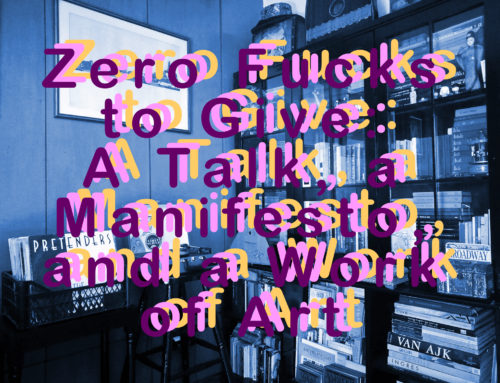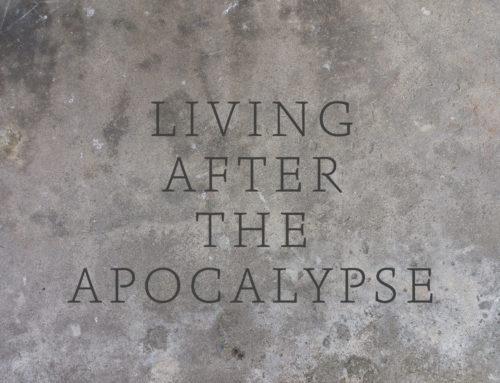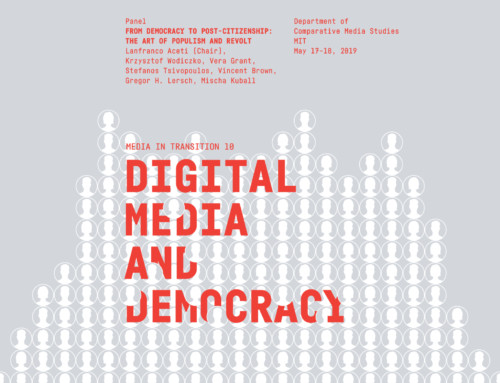YOU CANNOT AFFORD THIS!, a collaboration between Kasa Gallery and the Museum of Contemporary Cuts at CI – Contemporary Istanbul, is an art event that questions current art market practices and the disruptive nature of contemporary digital media. This continues an international theme that Kasa Gallery has addressed during the past year with a series of exhibitions that reflect upon the nature of contemporary art, politics, neo-capitalism and plutocratic practices.
Are the arts inexorably linked to the market? What is the role, if any, for politicized art media practices that bring new critical perspectives and alternative forms of engagement to the corporate art world? Is once again, as in the early avant-garde, the aesthetic choice trapped between total acceptance and total rejection, since the ‘third way’ appears to have failed in the past 20 years? In a climate of profound social and economic cuts, where the lack of social cohesion is bringing forward struggles and tensions, who are the ‘marketable artists’ talking to? Is a commercialized and purely self reflective aesthetic art practice the only option that can be set as a ‘successful’ example of aesthetic contemporary engagement?
YOU CANNOT AFFORD THIS! speaks of the return of the social to a ‘market’ and ‘plutocrats’ who cannot afford to understand the social changes that are characterizing the beginning of the 21st century. It speaks of a mindset that perceives anything outside of the remits of the ‘commercially’ and ‘corporate’ sanctioned and viable values as unaffordable objects and practices.
In this context, Kasa Gallery and the Museum of Contemporary Cuts (MoCC) present artworks that are strongly aligned with socio-political and cultural statements: Augmented Reality interventions exist beyond and through geopolitical and cultural barriers. A series of Augmented Reality interventions will become materialized objects for sale, but outside the reach of the rich. The price of the art object becomes an obstacle to the acquisition of the artwork.
The presence of the artworks is conceived as a non-presence: an engagement where the artists and the buyers cannot recognize each other because they cannot afford to do so and cannot afford each other. Buying is no longer a pleasurable activity but is transformed into a commitment to sacrifice and suffering. The price of the art object is proportional to the wealth of the individual: the richer the person the higher the price.
The presence of the artworks and their unaffordable prices continues to carry the message of the artworks: a relentless critique of the system.
Kasa Gallery and the Museum of Contemporary Cuts, invited by Ceren Arkman (Director) and Irmak Arkman (Art Director) of Plugin at CI – Contemporary Istanbul, present artworks by John Craig Freeman, Will Pappenheimer, Mark Skwarek and Tamiko Thiel.
The event YOU CANNOT AFFORD THIS!, at CI – Contemporary Istanbul, will precede the opening of two new exhibitions by the same artists: I Occupy at Kasa Gallery and Jackpot at MoCC (Museum of Contemporary Cuts).
YOU CANNOT AFFORD THIS!, Jackpot and I Occupy are collaborations between MoCC, Kasa Gallery, OCR, Goldsmiths, NYU Steinhardt and the Royal College of Art.
Lead Curator: Lanfranco Aceti.
Senior Curators: Pat Badani, Nicholas Mirzoeff and Marquard Smith.
Event Manager: Çağlar Çetin.
CI – Contemporary Istanbul: November 7 to 10, 2013.
Please bring smart phones and iPads to view the installations.
You can follow developments for Lanfranco Aceti Inc., OCR and the Museum of Contemporary Cuts (MoCC) via the newsletter.
ARTISTS’ BIOGRAPHIES
John Craig Freeman is a public artist with over twenty years of experience using emergent technologies to produce large-scale public work at sites where the forces of globalization are impacting the lives of individuals in local communities. His work seeks to expand the notion of public by exploring how digital networked technology is transforming our sense of place.
Freeman is a founding member of the international artists collective Manifest.AR and he has produced work and exhibited around the world including at the Los Angeles County Museum of Art, the San Francisco Museum of Modern Art, FACT Liverpool, Kunsthallen Nikolaj Copenhagen, Triennale di Milano, the Institute of Contemporary Art Boston, and the Museum of Contemporary Art Beijing, He has had work commissioned by the ZERO1, Rhizome.org and Turbulence.org. His work has been reviewed in The New York Times, El Pais, Liberation, Wired News, Artforum, Ten-8, Z Magazine, Afterimage, Photo Metro, New Art Examiner, Time, Harper’s and Der Spiegel. Christiane Paul cites Freeman’s work in her book Digital Art, as does Lucy Lippard in the Lure of the Local, and Margot Lovejoy in Digital Currents: Art in the Electronic Age. His writing has been published in Rhizomes, Leonardo, the Journal of Visual Culture, and Exposure.
Freeman received a Bachelor of Art degree from the University of California, San Diego in 1986 and a Master of Fine Arts degree from the University of Colorado, Boulder in 1990. He is currently a Professor of New Media at Emerson College in Boston. Freeman writes, “If Andy Warhol set out to create a distinctly American art form in the twentieth century, I identify with those who seek to create a distinctly global art form in the twenty-first.”
Will Pappenheimer is a Brooklyn based artist working in contemporary media art, performance and installation with an interest in institutional or spatial intervention and the altered meaning of things. His work often explores the confluence and tension of the virtual and physical worlds. His projects and performances have been shown internationally at LACMA, Los Angeles; the ICA, Boston; San Francisco MOMA; Stedelijk Museum in Amsterdam; FACT, Liverpool, UK; Kasa Gallery, Istanbul; Kunstraum Walcheturm, Zurich; Fringe Exhibitions in Los Angeles; the Museum of Fine Arts, Boston; Exit Art, Postmasters, and the New Museum in New York; the Corcoran Gallery of Art in Washington; the Golden Thread Gallery, Belfast; FILE, Sao Paulo, BR; Xi’an Academy of Art Gallery in China. As a founding member of the Manifest.AR collective, he has participated in two highly publicized interventions at the Museum of Modern Art, NY, 2010 and the 2011 54th Venice Biennial. The artist’s works have been reviewed in Christiane Paul’s recent historical edition of “Digital Art,” a chapter of Gregory Ulmer’s theoretical book “Electronic Monuments,” Art in America, New York Times, WIRED, Modern Painters, the Boston Globe, EL PAIS, Madrid, Liberation, Paris, and Art US. He teaches new media at Pace University, New York.
Mark Skwarek is an artist working to bridge the gap between virtual and physical worlds with augmented reality. His art explores the aesthetics of translation of our everyday digital experience into material and immaterial audience experiences through physical and mediated artworks. Skwarek is a full time faculty at NYU Polytech where he is the director of NYU’s Mobile AR Lab and is the CEO of the start up Semblance Augmented Reality. He organized the augmented reality artist group manifest.AR, the arOCCUPYWALLSTREET movement, and co-organized We AR in MoMA. Skwarek’s practice is also largely based in art activism with emerging technologies. He has a long record of international augmented reality work, ranging from “erasing” the DMZ battlements between North and South Korea (a piece he did on site), to the virtual elimination of the barricades between Palestine and Israel, at the Gaza Strip. He has created political works and symbols in a variety of locations across the United States, including pieces at Wall St., U.S. Mexico Border and the White House to name a few. Skwarek earned his M.F.A. from Rhode Island School of Design’s Digital Media Department. His artworks have been written about and reviewed by the New York Times, Art in America, Boing Boing, WIRED, the Boston Globe, The Huffington Post, NPR, BBC, Leonardo, and Creative Capital. Skwarek has exhibited in numerous international venues, including: the Institute of Contemporary Art, Boston; ISEA; Dumbo Arts Festival, UCLA Digital Grad Gallery; the CyberArts Festival; the Sunshine International Art Museum, Beijing; and the Krannert Art Museum at the University of Illinois, FACT in Liverpool England, Siggraph 2013, The 2013 Augmented World Expo, and The Corcoran Gallery of Art.
Tamiko Thiel (USA/DE) is a visual artist exploring the interplay of place, space, the body, cultural memory and identity. Her work is shown internationally in venues such as the Corcoran Gallery/Wa.DC, ICP/NY, ICA Boston, Harvard University, ZKM/Karlsruhe, Tokyo Metropolitan Museum of Photography, Art Gwanju, Ars Electronica, ISEA, Istanbul Biennale and SIGGRAPH. Her artworks have been supported by grants from the MacDowell Colony, MIT, WIRED Magazine, the Japan Foundation and the IBM Innovation Award. She is Visiting Artist at Duke University, and augmented reality artistic advisor for the CCCADI project “Mi Querido Barrio” in Spanish Harlem/NY, for which she helped win a Rockefeller Foundation grant. A founding member of cyberartist group Manifest.AR, she participated in the path breaking augmented reality intervention “We AR in MoMA” at MoMA NY in 2010, and was main curator and organizer of the AR intervention at the Venice Biennial in 2011.
Reviews of her work have appeared in publications such as Flash Art, Kunstforum, the New York Times, WIRED Magazine, El Pais and the Washington Post. Her work is discussed in reference books such as Whitney Museum media art curator Christiane Paul’s Digital Art (Thames and Hudson World of Art series), DAM gallerist Wolf Lieser’s The World of Digital Art and Cornell professor Matthew Smith’s The Total Work of Art: From Bayreuth to Cyberspace. Professor Smith also published a monograph on Thiel’s work, “Liquid Walls: The Digital Art of Tamiko Thiel,” in the Performing Arts Journal (PAJ).
She has been guest professor and lectured at institutions such as Carnegie Mellon University, the MIT Media Lab, Harvard University, the Bauhaus-University in Weimar/Germany, the University of Southern California School of Cinema-Television and the Berlin University of the Arts.

